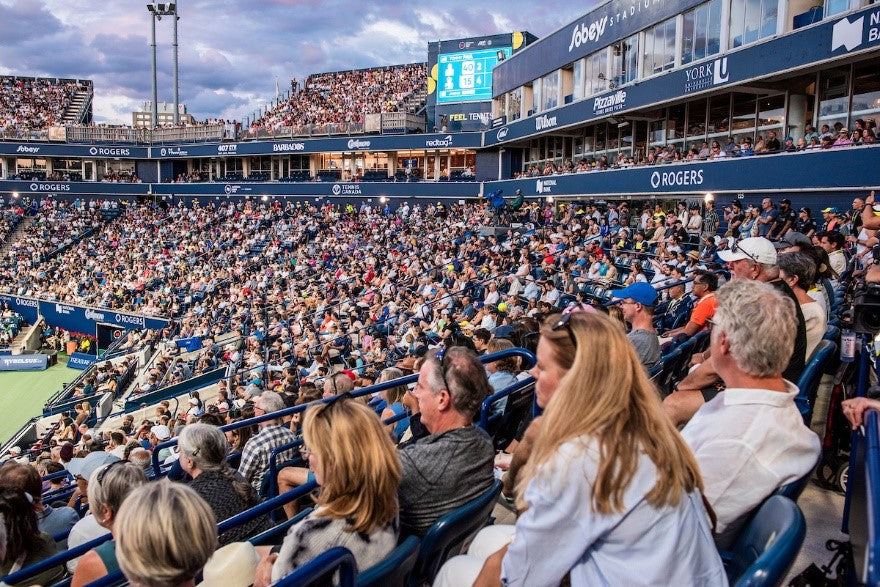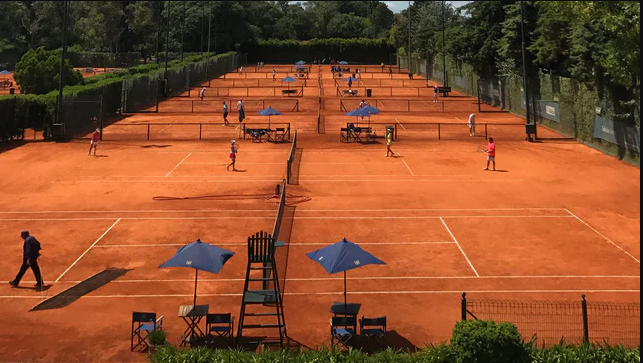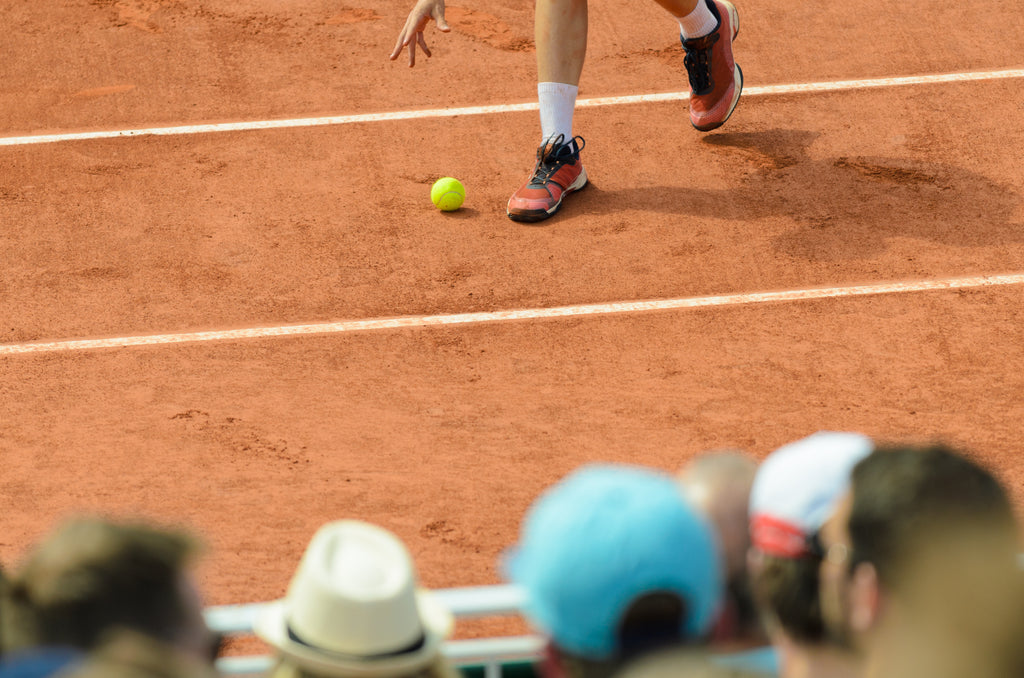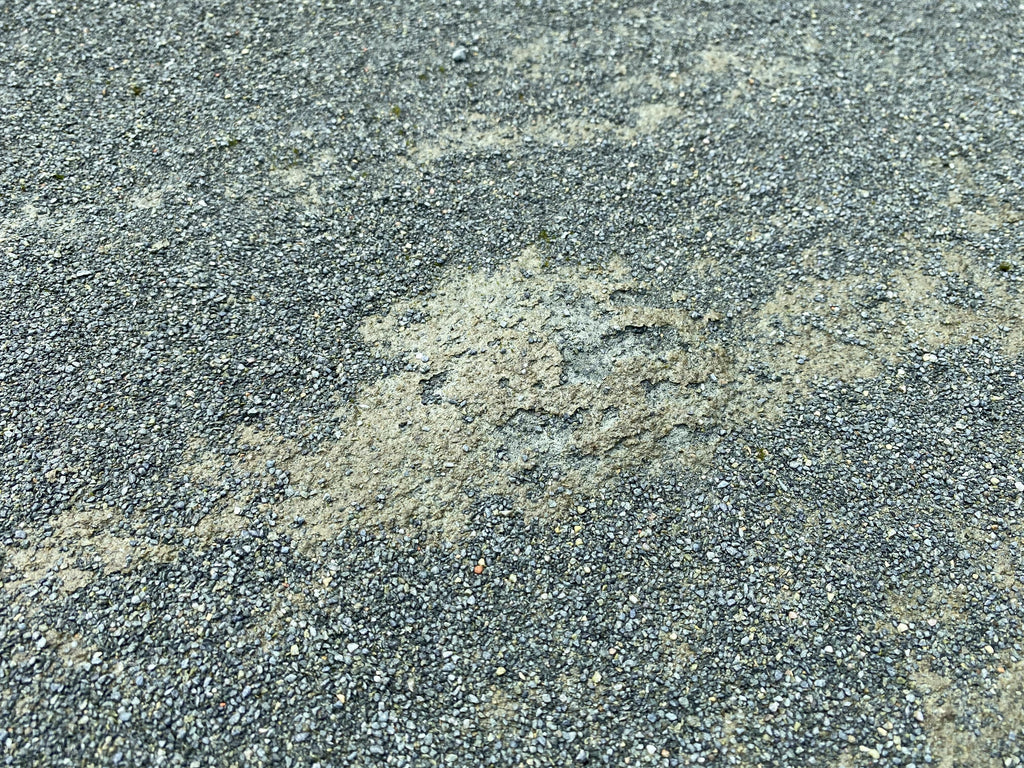Clay Courts and Surface Speed
- 0 Comments
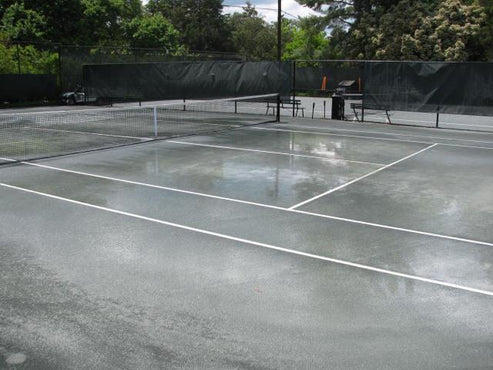
In spring time, I am always reminded how much the speed of a clay court can change, and how quickly. This season has been no exception as the fluctuations in temperature, precipitation, and wind in Virginia – and much of the country - have been as intense as I can remember. Our outdoor season kicked off in February with hot, dry conditions and steady winds. HAR-TRU courts were opened earlier than usual and almost immediately were firm, fast and a bit slippery. Then a rainy pattern settled in and ever since we have endured copious amounts of moisture coupled with strong winds and cooler temperatures. I am sure you can guess the impact on the courts. They softened, traction became sticky and the speed of play – with balls harder and heavier – slowed down significantly. There are lessons to be learned from this for tennis players and court maintenance professionals alike. This blog talks about lessons for the player and my next one will address the lessons for the maintenance professional.
Slow, wet conditions will challenge your patience and your wits. If you have heard announcers or players speak of heavy conditions they are referring to how heavy the weight of the ball feels when you strike it, how difficult it is to generate ball speed and spin, and how low and slow the ball bounces. It becomes all but impossible to hit a pure winner. And trying to overpower shots in heavy conditions can hurt your arm, wrist, and shoulder. So, what should you do?
- Expect and embrace longer points.
- Work on placement and depth of shot.
- Employ the drop shot and lob regularly.
- Don’t waste energy on hard serves. Get the first in, preferably to your opponent’s weaker side.
- Move in on your return and see if you can take control of the point early with a well-placed shot that gets your opponent out of position.
- Make the other player run more than you.
One last tip. These conditions tend to level the playing field by reducing the effectiveness of the stronger player’s weapons. Whether you expected to dominate or didn’t think you had a chance, be mentally prepared for a close match.
Hot, dry conditions accelerate the speed of play. The hard-hitting, aggressive player will appreciate these conditions as they can produce more winners and elicit more unforced errors. But, while the ball will move faster it becomes increasingly difficult for the player to do so, because the court dries out and becomes slippery. Off balance shots produce unforced errors and recovery to the middle is impaired. If this isn’t challenging enough, a dry court produces more bad bounces as surface material bunches up unevenly. So, what should you do?
- Control the middle of the court. Early in the point push the ball to the sidelines and get your opponent on the move. This forces them chase it down and respond with a “safer” shot back to the middle giving you the flexibility to hit it behind them as they recover (a great choice in these conditions) or move the shot to the other sideline getting them more on the run. Eventually you will get an error or a short ball you can attack for a winner.
- Use as much topspin as you can. Spin literally accelerates and kicks up high on a dry court and this will keep your opponent on the defensive. Favor topspin on your serve too. It won’t result in an ace very often but it can produce weak returns and put you in control of the point. It also limits second serves that your opponent can attack.
- Stand farther back. First, on a court that produces an inconsistent bounce taking the ball early is a recipe for mishits. Second, a deeper court position will give you more time to chase down a shot while allowing the ball to slow down and drop into a more favorable contact point. It also allows you to swing more freely because you have greater distance to work with on your shots.
- Work in the slice. Underspin can be very difficult to return on a fast, dry court. If hit well it produces a skidding, dirt-ball that is hard to dig out and control. When you incorporate a slice with some regularity it will also serves as disguise for a drop shot, a great option for slippery clay.
One more tip. Patience is still a virtue in dry conditions. The risk reward ratios improve with faster speeds but many shots still come back. Rather than looking for or thinking about your next shot as a winner just consider it another well placed shot, and if it happens to be a winner, great! If not then you can be happy that you are making your opponent chase down one more ball.

